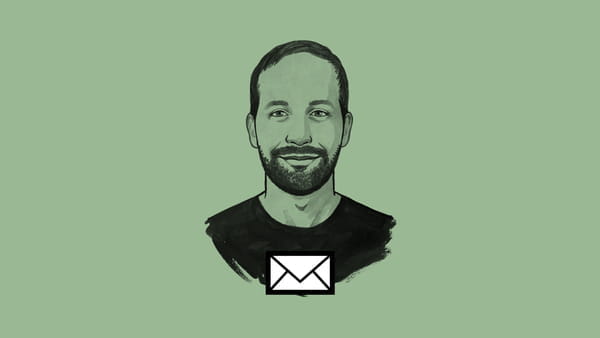Hi,
Right now, we are in a moment of crisis. But that’s not the whole story.
In my first six months at The Correspondent, I’ve tried to help reframe the dominant narrative on climate change from one of looming inevitable disaster to a story about building a better world. The climate emergency is not a problem of how quickly we can build enough solar panels. It’s a problem of how we treat each other.
In the past few months, the Covid-19 pandemic has upended our sense of what’s possible. We are acting with clear eyes amid a near-constant state of duress. That is simultaneously terrifying and promising – and it’s a parallel to the decades-long project of tackling the climate emergency. In times like these, it’s not enough to just point out our failings. We’ve got to clearly articulate the visions of a world worth fighting for. There are "good" news stories out there, and we need them now more than ever.
A tweet from my friend Sydney Ghazarian gets this tension exactly right: “let’s not forget that the reason we’re all angry and sad is because we love everyone so much.” We need to be reminded of how powerful that love is when we manifest it into the world.
Beginning right away, I’m going to devote this space more explicitly to that tension.
I want to start sharing more good news on climate
My aim with this newsletter is to show examples of what’s possible when we confront the climate emergency with the intent of treating each other better.
I put the word "good" in quotes here because the stories that are missing about climate change are not feel-good news stories. We don’t need more fluffed up press releases from corporations pitching us a techno-utopia. We should not be distracted from the real harm the fossil fuel industry is inflicting on marginalised people every damn day.
It’s OK to be angry. It’s OK to be sad, scared, and paralysed by what we’re facing. I feel all of those things, almost every day. But what we need more of are well-reported examples of how it’s going to work to achieve what we need to do.
For that we need:
- Perspectives from people who have been sidelined for far too long.
- Vivid images of what transformative change looks like in practice.
- A glimpse into the future with an answer to the question we’re all asking: what’s on the other side of the climate crisis?
This newsletter will be mini-articles of about 300-500 words, with stories from all around the world, just long enough for you to take a minute or two out of your day and feel refreshed about what we can do together. And I’ll be writing them in a style like a quick note to a friend. Because you are all friends, and we are doing this work together.
To do this, I need your help
I want you to share with me your examples of transformational change. I need your recommendations of people I should talk with, of groups that are creating change, of artists who are imagining new worlds, of scientific studies that are helping upend our sense of what’s possible.
Thank you so much, and I’m so excited about where this will take us.
PS: Please also send me your best memes and dad jokes, because that’s the kind of future worth fighting for.
 Would you like to receive my newsletter in your inbox?
Follow my weekly newsletter for an insight into the work, thoughts and ideas that go into being a Climate correspondent.
Would you like to receive my newsletter in your inbox?
Follow my weekly newsletter for an insight into the work, thoughts and ideas that go into being a Climate correspondent.

